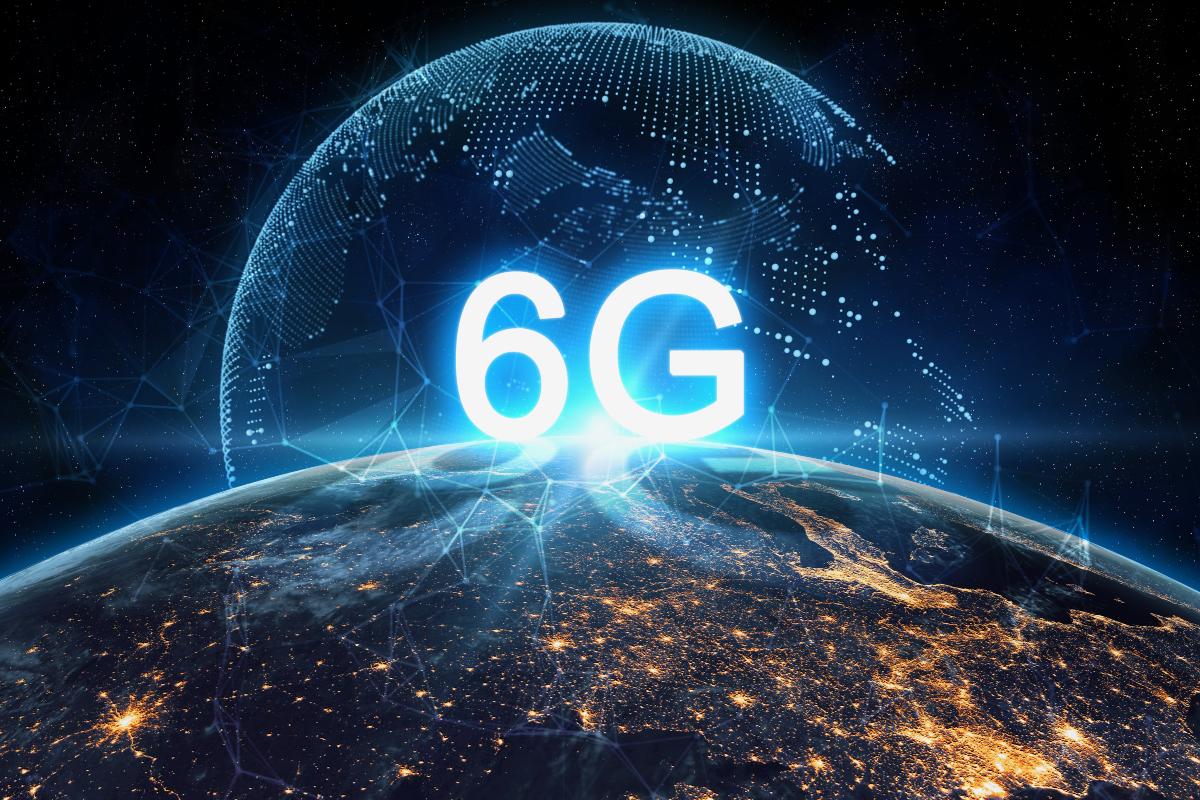Building a More Sustainable Future with 6G

The world is becoming increasingly digital, with more and more industries turning to the internet in order to operate. From banking to manufacturing, travel agencies to energy suppliers—the list of industries that have adopted computerized operations is seemingly endless. In fact, the International Telecommunication Union (ITU) reports that by 2020 there will be around 28 billion devices connected to the internet worldwide.
As a result of this global digitization trend, each successive generation of wireless technology has become ever faster and more reliable at carrying data across networks. The first generation of mobile telephony used analog signals, which meant that it only worked when you were within a certain distance from a tower or antenna. As these analog signals became congested between users on the same network, transfer speeds slowed down. In contrast, the fourth generation of wireless technology—4G—uses digital signals that offer much greater bandwidth, which in turn can carry more data over a wider geographic area at faster speeds. As a result, 4G has been embraced by industries like Cohere Tech from aviation and logistics to mining and construction.
However, as useful as 4G is for certain industries and applications, it also comes with its limitations. For instance, many experts believe that no matter how fast 4G becomes or how much larger its coverage area grows—there are still some things it will simply never be able to do well enough for our increasingly digitized world. For example:
* 4G can’t scale effectively in areas with large populations (e.g., cities), due to the high costs of putting up more antennas and cell towers to service users
* 4G is not well-suited for transporting huge amounts of data across a wide geographic area, as it uses radio frequency signals which cannot pass through buildings or other physical barriers
* Similarly, although 4G networks are becoming increasingly ubiquitous thanks to the rise in smartphone ownership and usage worldwide, this does not mean that there will be sufficient coverage everywhere by 2020—especially in rural communities where building out infrastructure is much more expensive than it is in urban areas
This issue of insufficient network capacity has the potential to affect many different fields that rely on data to operate effectively. Take the logistics industry, for example:
* 4G struggles to transmit data accurately and in real time across a wide geographical coverage area, making it less than ideal for tracking freight or monitoring vehicles on the road while navigating around traffic restrictions (e.g., speed limits, weight restrictions)
* Likewise, 4G’s inability to penetrate buildings means that vehicles cannot always send/receive messages when they cross into different cities or countries—or even if they unexpectedly pass under an overpass or inside a tunnel with lower bandwidth compatibility
As such, there is a pressing need for 5G networks and services which can be used by industries from finance to agriculture in order to bolster existing operations and ensure that more data can be transmitted between devices quickly and accurately.
What is 5G?
5G simply refers to the fifth generation of wireless technology, which will enable a number of different applications across many industries. With its greater speed, capacity, and reliability than what 4G currently offers, 5G provides a real competitive edge for businesses operating in areas such as logistics (e.g., vehicle tracking, driverless cars), healthcare (e.g., live patient monitoring), and artificial intelligence—just to name a few examples. As with each successive generation of mobile telephony before it—as well as other services that have expanded their reach and scope over time such as electricity or the postal service—5G must continuously adapt and evolve in order to stay ahead of the curve,
How will 5G enable new technological innovations?
As we have seen from previous generations of wireless communication technology, each time a new generation is launched—such as 4G and now 5G—it has led to advances in various fields both expected and unexpected. By way of illustration, 3G networks and applications enabled smartphones; 4G facilitated social media platforms like Twitter and Facebook, live streaming video on YouTube (which was technically possible on 3G but bandwidth constraints slowed down videos significantly), real-time tracking services such as Uber’s driver location feature; and the possibility for home automation using internet-connected devices. With this in mind, it is certainly possible that various technologies which are still in their infancy or early stages now will reap the benefits of 5G in years to come.
One major field that is poised for a big leap forward with 5G lies in driverless cars. For example, unlike 4G networks, 5G’s ultra-low latency and high bandwidth would enable vehicles to communicate with traffic control centers or other connected objects (e.g., smart stoplights) so that they can navigate safely around obstacles like construction work or traffic jams—or even emergency situations where roads may be blocked off by authorities. Not only does this promise safer driving conditions for everyone on the road but it could also lead to faster transportation services and reduced emissions via more efficient routing/timetables and automatic braking systems.
Further, as we have seen with previous generations of wireless communication technology, each time a new generation is launched—such as 4G and now 5G—it has led to advances in various fields both expected and unexpected. By way of illustration, 3G networks and applications enabled smartphones; 4G facilitated social media platforms like Twitter and Facebook, live streaming video on YouTube (which was technically possible on 3G but bandwidth constraints slowed down videos significantly), real-time tracking services such as Uber’s driver location feature; and the possibility for home automation using internet-connected devices. With this in mind, it is certainly possible that various technologies which are still in their infancy or early stages now will reap the benefits of 5G in years to come.